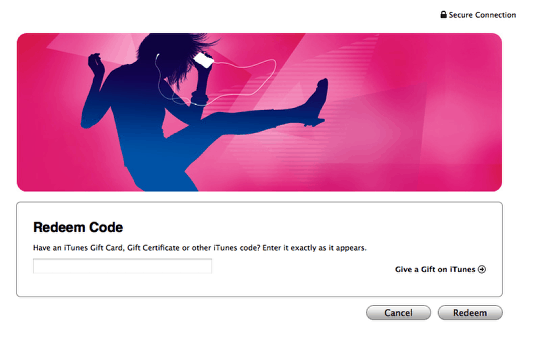Time needed: 30 days
Here are some PR mistakes we see new studios make. Each (or all) of them can sink your mobile title in a single hit.
Duke Leto knows best:
“The first step in avoiding a trap is knowing of its existence”
- Launching on a Friday
Fridays are when bad, bad companies like BP put news out so it gets BURIED. Therefore, if you need your game to stand out, the whole idea is to launch on a productive day like Tuesday, Wednesday or Thursday. Another reason to avoid Fridays is the fact that Friday morning in the West Coast is Friday night in the UK, so you will lose most (if not all) Euro pubs.
- Failing to produce a trailer
Trailers are essential nowadays. They’re a basic complement to posts in sites like Gizmodo or Slide to Play. Through trailers, customers & press alike can understand how the game looks and sounds in motion — in short, how polished the whole thing is except for pure gameplay. So make sure to have a 30-second to 1 minute trailer ready for launch.
Here’s a great example: http://youtu.be/2_ObxR8d6LA
The game is FaceFighter Ultimate, a fun mobile brawler by Appy Entertainment. - Engaging in astroturfing
Astroturfing is when PR pros & interns pretend they are the common folk in order to give games they represent great scores/reviews in the App Store or the Android Market. Recently, a famous PR firm was caught doing it, making them look really bad to both prospective clients, the press and iPhone users. NEVER, EVER engage in astroturfing. You can easily get caught red-handed and in full public display.
Le Astroturf. As fake as my French accent - Changing the price / business model two weeks after launch
Pricing and mobile apps/games is always a point of contention. There’s a whole school of thought preaching that $0.99 is the place to be since it allows for mass penetration and wide distribution (the Angry Birds model). Others believe every game or app has it’s rightful place in the Great Pricing Pyramid — so games with a niche audience or high production values demand a higher price. That’s what EA and Activision do and I’m with the big boys on this one. However, there’s nothing worse than launching at, say, $1.99 then quickly dropping the price to $0.99 if lacking in sales. Or going for the whole in-app purchases bonanza only to find out no-one is buying — therefore immediately launching a premium (paid) version. Don’t change horses in the middle of the race. Stick to your guns — hopefully, you didn’t take the whole pricing issue lightly and made a great choice in the first place.
Don’t forget to check their user reviews in the App Store - Pestering the press with multiple emails/phone calls/voice messages
The press is busy just like you. They work hard and are often underpaid. It’s perfectly fine to send them one email and leave one voice message.
That’s it.
Don’t email them multiple times per day or leave multiple voice messages. Don’t keep calling either — maybe they are at their desk, but can’t pick up the phone due to a major deadline. Annoying journalists is the shortest path to getting ignored for the foreseeable future. No press = no coverage = tiny, tiny sales.
Pests are found in many shapes and forms - Failing to provide sites with promo codes / premium accounts
Provide the press promo codes of your game. Don’t make them buy it. Also, if your game is an MMO, let them know you can max out their character after a couple hours in-game so they get to see the whole world. Don’t make them play 10-15 hours straight just to have access to all the content — journalists have better things to do with their time. Finally, a word of warning: U.S. promo codes won’t work in Europe. If a target publication is in Europe — like the aptly-named Eurogamer — you’ll need to produce Euro codes or possibly reimburse them via Paypal.
No one will buy your game in order to review it - Having no presence on Twitter/Facebook/Google+
Twitter is great to keep in touch with your fans on a day-to-day basis. You can let them know a patch is in the works — or that this massive giveaway starts in two days. Facebook, on the other hand, fosters a sense of community, of belonging. You can still “broadcast” like in Twitter, but you need to understand every post will have lots of comments under it. So don’t assume everyone will love everything you say — expect criticisms from time to time. No matter what, use Twitter and Facebook to RESPOND as well. Engage your fans. Answer their questions. Post pictures of the studio, goofy videos, tips & tricks. You’ll thank me later.
Google+, the latest entrant in the Social Media Wars, it a hybrid of both Twitter and Facebook. G+ is perfect for the typical “broadcasts” done on Twitter but it also allows for posts well beyond 140 characters. G+ is also a much more engaging social network; comments will be thoughtful — and plentiful.
How about you? Do you have any sins to add to the list? Tell your story in the comments!
Want to know the right way to promote your mobile game? Contact us.

